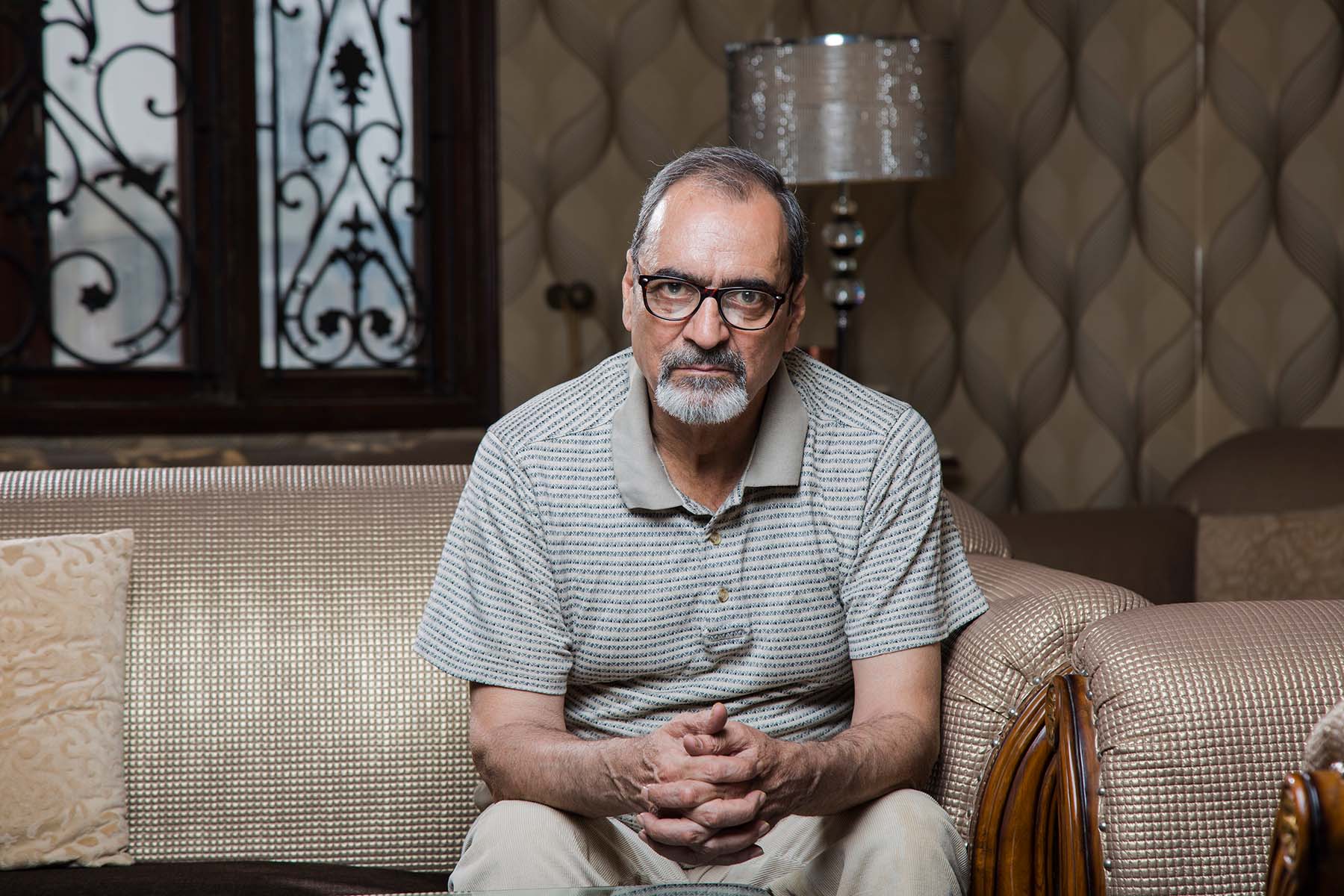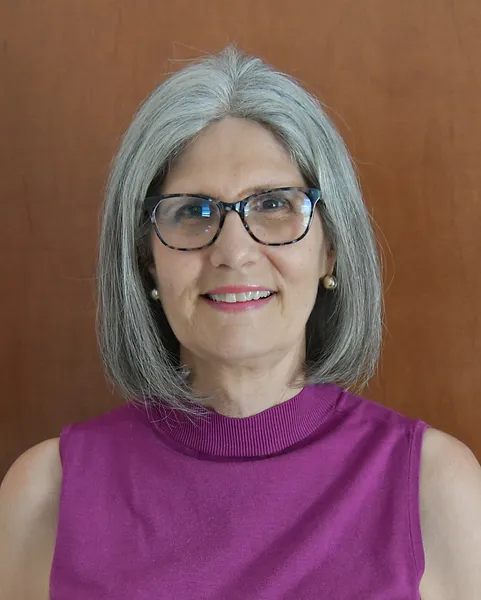Why Are More Older People Committing Suicide?

Loneliness and isolation in older adults exacts a steep price. Proof comes in the alarming increase in suicide deaths among the elderly. Older Americans, men in particular, are killing themselves at historic rates, and experts speculate that the trend is a reflection of the elderly’s role in modern society.
This does not surprise Marcio R. Soares, M.D., chief of geriatric and palliative medicine at the University of Miami Health System, who sees older patients struggling to cope with the many changes that accompany aging.
“There are several contributing factors [that may lead to suicide], Dr. Soares says. “The top ones are loneliness and social isolation as well as the loss of independence and lack of purpose. As people move into retirement and beyond, all these come into play.”
Ingrid Gabriela Barrera, Psy.D., director of the UHealth Therapeutic Suicide Prevention Program and head of cancer support services at Sylvester Comprehensive Cancer Center, has found that loneliness, real or perceived, increases with age.
The COVID-19 pandemic accelerated the problem.
Dr. Barrera
According to a report from the Centers for Disease Control and Prevention (CDC), deaths by suicide have increased more than 8% from 2021 for those 65 and older.
For the middle-aged, the 45 to 64 set, the jump was 7%. In comparison, suicide deaths decreased by more than 8% for the under-24-year-old set.
Men were most at risk, particularly as they grew older.
For example, men ages 75 and older recorded a suicide rate of 43.7 deaths per 100,000 — almost twice as high as for men 15 to 24, which was 21.6 deaths per 100,000. The gap between genders remained wide as well, with 23.1 deaths per 100,000 among older men in 2022 compared to 5.9 deaths per 100,000 women.
Another disturbing detail: Men tend to choose more violent means to end their lives, usually firearms. In fact, gun-related suicide was up to 14 times higher than for the two other most common methods, suffocation and poisoning. Dr. Soares says there are two likely reasons for this. Men have more access to and knowledge of firearms, and “suicide by gun is much more successful. The likelihood that an individual will survive a self-inflicted gunshot is pretty low.”
In South Florida, suicide rates for older adults are likely not as high as those nationally, he adds. That’s because local demographics are quite different from other parts of the country.
“Culturally, we have more tight-knit families,” Dr. Soares says. “We find that in certain [ethnic] groups, older adults live closer to or with their children. There’s more attention for older adults.”
Even so, Drs. Soares and Barrera advise caregivers and spouses to be aware of the situations that contribute to suicide ideation.
By recognizing them, they can help find help for the family member. For example, physical and cognitive changes may be common as we age, but a medical diagnosis can be disorienting and trigger a cocktail of emotions.
“In the cancer population, a patient is seven times more likely to commit suicide in the first six months after diagnosis [than in the general population],” says Dr. Barrera, who works closely with families at the Sylvester Comprehensive Cancer Center. “There’s a fear of dying, of losing a job if they’re still working, of the marriage falling apart. Then there’s the component of pain as well, and how to get through that.”
But it’s not just cancer that can create havoc.
An individual who receives a diagnosis of dementia must face an uncertain future. He or she may not know how fast or how slow the cognitive decline will be, and this lack of control can lead to depressive thoughts.
“Patients tell me they feel they’re a burden to their family, a burden to the community,” Dr. Soares says. “They worry a lot about that.”
Retirement is also another source of concern. Though it’s often a long-held dream for many, some may experience a lack of purpose or a diminishing sense of worth. Without a place to be, an individual may miss the structure a job provides. He may resent that he is no longer the breadwinner and head of household, having ceded that role to a younger spouse or an adult child.
“There’s also a financial component to this,” Dr. Soares adds. “Even for those who have saved and budgeted for retirement, they may outlive their savings or fear they will.”
In addition, the death of a spouse or a partner can add to the fear and despair, as the survivor has to navigate a new life alone.
Grief can be overwhelming, and learning to live without a loved one may produce anxiety.
That said, there are many ways to mitigate the feelings of hopelessness that may lead to suicidal thoughts. Here are some suggestions:
- Encourage your loved one to participate in social activities. If the older adult refuses to take part in family get-togethers or in pastimes he used to enjoy, don’t just go along with the choice. “The best thing you can do,” Dr. Soares says, “is to fight their resistance because that only leads to further isolation. Involve them in your routine. Make sure they’re meeting friends and doing things.”
- Recognize warning signs. In addition to withdrawal from usual activities, individuals experiencing suicidal thoughts may also exhibit increased risky behavior or use of drugs or alcohol. They may express feelings of hopelessness or feeling trapped, eat and sleep more or less, and act agitated or irritable.
“It’s important to offer hope, to let them know they’re not alone,” Dr. Barrera says. “There are therapies that can help. They don’t have to go at it alone.”
- Reduce access or lock up guns and other potential methods of suicide.
- Ask and talk openly about their feelings, particularly as they relate to thoughts of suicide. A 2014 review of published literature found that acknowledging and talking about suicide may reduce, rather than increase, suicidal ideation in at-risk populations.
- Seek help. Call the Suicide and Crisis Lifeline at 988. If you prefer to text, type HOME to 741741 on the nonprofit Crisis Text Line. You can also dial 211 for assistance in finding long-term mental health resources or talking through a problem.
For more information, visit the Therapeutic Adult Suicide Prevention Program. The program uses Dialectical Behavioral Therapy (DBT), Cognitive Behavioral Therapy (CBT), and other evidence-based techniques to draw up and administer a personalized treatment plan.

Ana Veciana-Suarez is a regular contributor to the University of Miami Health System. She is a renowned journalist and author who has worked at The Miami Herald, The Miami News, and The Palm Beach Post. Visit her website at anavecianasuarez.com or follow @AnaVeciana on Twitter.
Tags: aging, Dr. Ingrid Barrera, Dr. Marcio R. Soares, mental health, psychology
